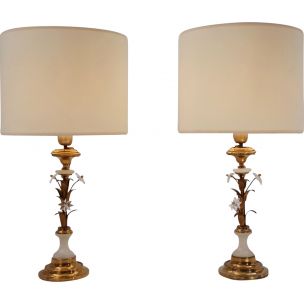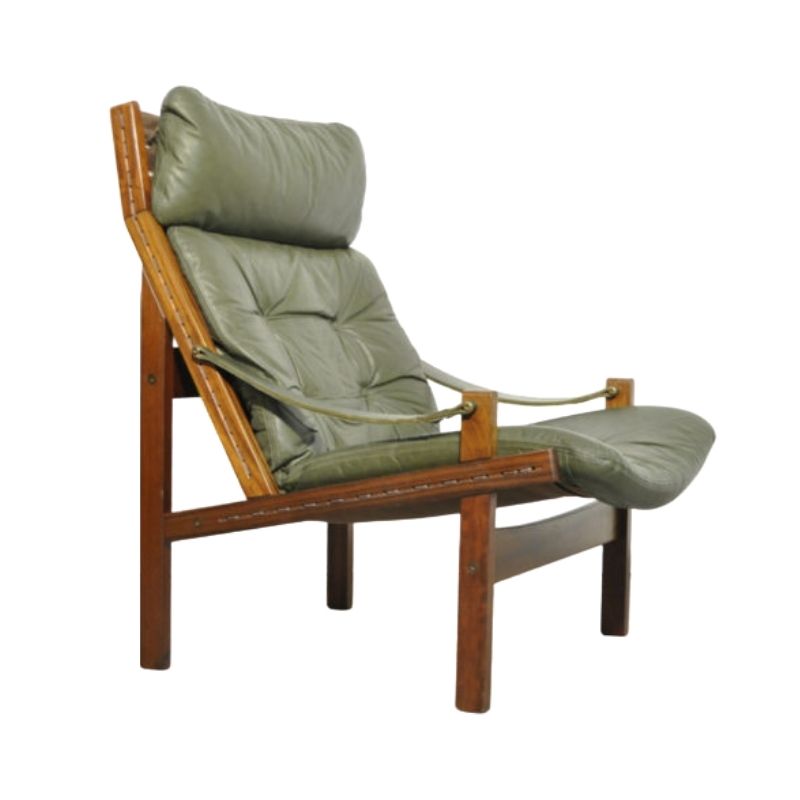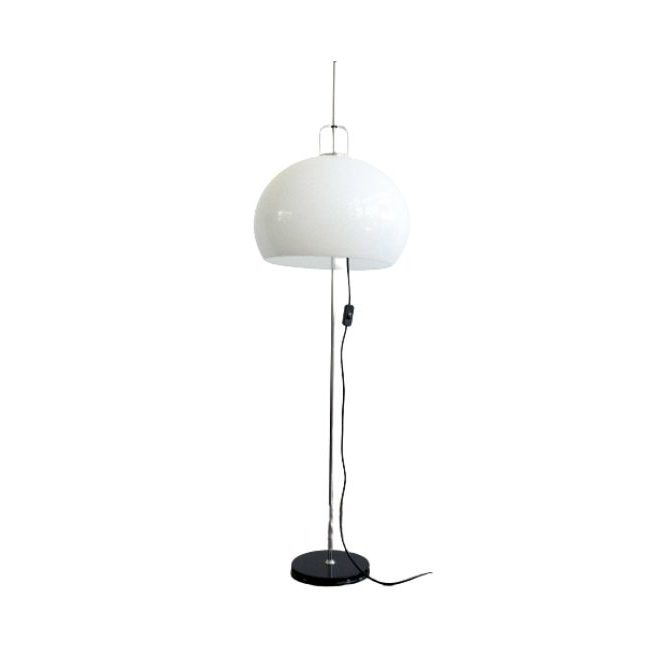I picked up three old Eames stackers. (I love'em because they are so underrated! Down with repro bases.)
Here's my question:
How does the different in-line hooking hardware work? It seems like I have some variations that are not compatible! (See images. Two on top are different from the bottom one.) Different eras?
Here's what I know so far:
As shown in my photos, the bottom chair has the more universally compatible shockmount configuration for all the switchable bases - AND the bottom base has the in-line bracket that makes sense to me.
The top two have identical hardware on either side! WTF? How does that work? Who knows about the design lineage here?


I've never played with...
I've never played with these, but do the two top chairs go on either side of the bottom chair? It looks like that would fit. It'd would've made more sense, of course, to have one side be female and the other male so that every chair goes with every chair...
Good Question.
Yes and no. It seems to work on one side but not the other.
(See image.) One side (two legs) of it are lifted off the floor and not really locked in well. And the other side is on the floor and nicely locked in with the next chair.
I agree it makes more sense to have a male and female part on each chair. What was the Eames office thinking here I wonder?
Is one era older than the other?
Also note that the middle chair in the photo has two variations of the bracket piece. (See ebay link.) It would seem that a row of this version would work in concert better than either of the end chairs.
http://cgi.ebay.com/4-Herman-Miller-Eames-Shell-Chair-Stacking-H-Base-Vi...
Are the
In the center chair, are the two hooks the same width? I had a bunch of stackers that had some variations as well - including one of the very first iterations, which was a fairly amateurish welded contraption. I seem to remember some of them had the same thing as the middle chair - but one of the hooks was wider, allowing the narrower hook on the next chair to slot in.
Not the same width
Right. The middle chair pictured directly above has connecting hardware (of different widths) that seems to suggest it has a male and female part part to connect to other chairs exactly like it. (Only I don't have another chair just like it to test that idea. Though I'm certain that it would work.)
Why do the end chairs pictured above have different connecting hardware?!
Now this: Below is a design not reflecting what is pictured above. This is from the book Eames Design. I assume this is the original design and it seems to be the simplest.
So why are there three different designs (two pictured above and third from the book below) for this connecting hardware!? That would not suggest universal compatibility which to me is the underlying theme to all Eames design!
There's a story in here somewhere. Who would know it?
Book link: http://www.amazon.com/Eames-Design-John-Neuhart/dp/0810908794
Four
There's actually a fourth variant as well - the original, which was a very simple (bordering on crude) design.
The Eames were tinkerers - constantly modifying their designs and fixing 'flaws'. The book Eames Design came out after Charles' death and was meant to chronicle all of the products done through the Eames Office - not necessarily all of the variants of each product.
I'll take a peek at Modern/Classic and see if it mentions the stacking base iterations any where.
No mention
Nothing but a brief mention in Modern/Classic about the DSS. However, Eames Office notes that boot-glides were used in 1955, in 1956 transitional glides were used, and in 1957 white nylon glides were used. The example they cited has the same double-hook of the middle chair - which means that the middle one is the earliest of the three, but definitely post 57.
From the 1955 Herman Miller Catalogue: "Side bars index the chairs so that they stack vertically and space the shells to protect them from damage. "
If i reveal my secrets
If I reveal my secrets I won't appear so wicked smaht on the blogs. 🙂
Just kidding - EamesOffice.com, at the top of the page are 4 photo tiles. Click the second one "Office Resources", then click "Vintage Eames" on the left hand menu. The Office is doing an ongoing project of chronicleing variants of furniture, as well as sales materials. It's helpful in deducing when certain changes were made to materials, assembly etc.
You can get the Herman Miller catalog as a reprint on Amazon - altho it's like 35$ a copy.
And Modern/Classic is a little book dedicated to the plastic chairs. Unfortunately, like most books on Eames furniture, it talks a lot about the broader developments of the furniture, and not so much about the little nitty-gritty details. You used to be able to get it free from NeenahPapers. I know it's also available on the EamesOffice website.
If you need any help, please contact us at – info@designaddict.com









